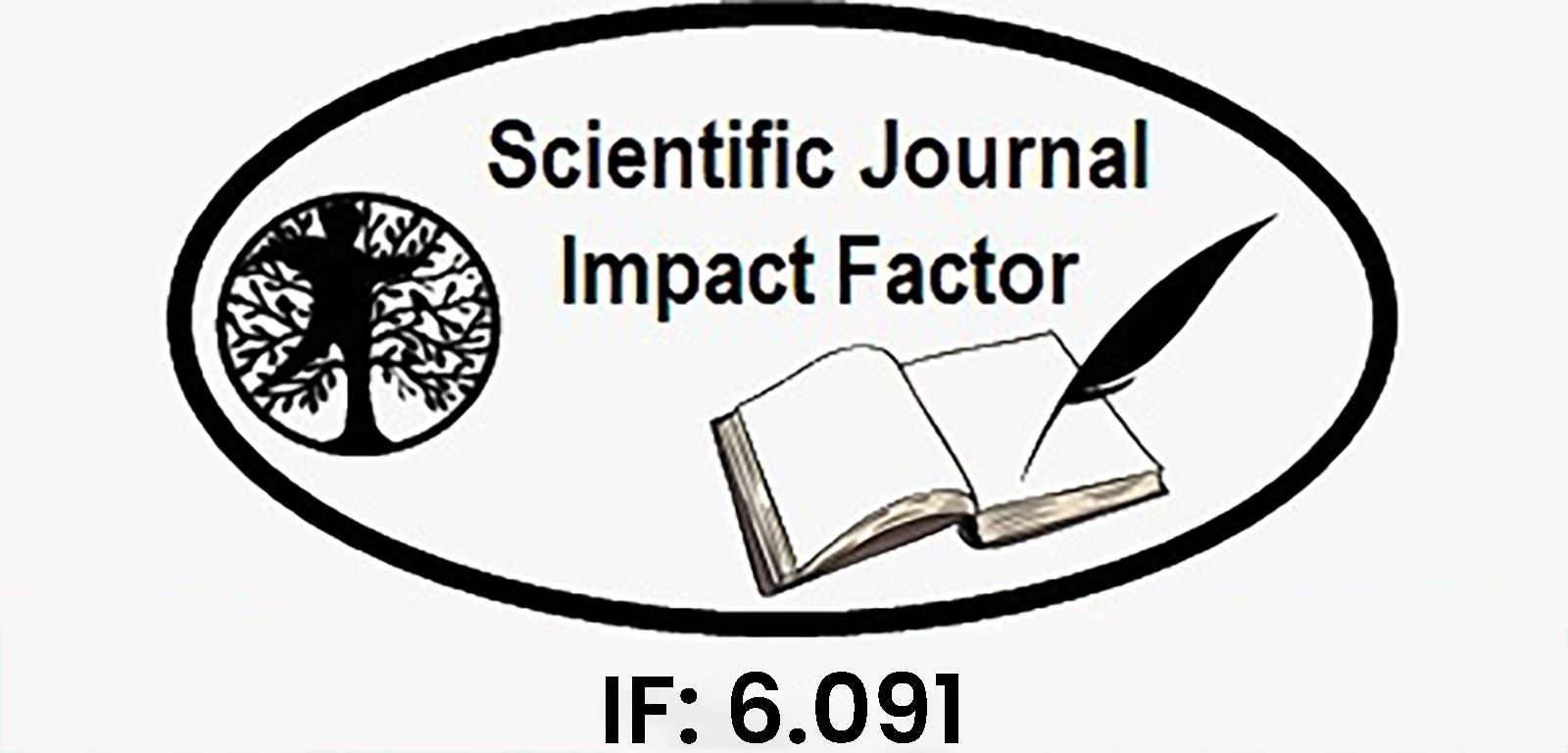Transmission Dynamics of the AIDS Epidemic: Development and Analysis of Nonlinear Models
DOI:
https://doi.org/10.62647/Keywords:
HIV/AIDS epidemic, nonlinear mathematical models, bifurcation analysis, epidemic thresholds, stability analysis.Abstract
Mathematical modeling has emerged as a crucial tool in understanding the transmission dynamics and control strategies for HIV/AIDS. This review synthesizes significant contributions to nonlinear mathematical models of HIV/AIDS transmission over the past four decades. We systematically analyze deterministic, stochastic, and hybrid modeling approaches, with particular emphasis on how nonlinearities in transmission functions affect epidemic thresholds and long-term dynamics. The review examines various modeling innovations including heterogeneous mixing patterns, treatment effects, behavioral changes, and co-infection dynamics. Meta-analysis of 42 selected studies reveals that incorporation of nonlinear incidence rates and time delays significantly improves model accuracy in predicting epidemic trajectories compared to classical models. Furthermore, bifurcation analyses of these nonlinear systems have proven essential in identifying critical parameter thresholds where epidemic behavior qualitatively changes. This review highlights the continuing challenges in parameter estimation and model validation while emphasizing the growing importance of nonlinear modeling frameworks in developing effective intervention strategies against the ongoing global AIDS epidemic.
Downloads
Downloads
Published
Issue
Section
License
Copyright (c) 2018 Rampally Maruthi, Dr. Agraj Tripathi (Author)

This work is licensed under a Creative Commons Attribution-NonCommercial-NoDerivatives 4.0 International License.















